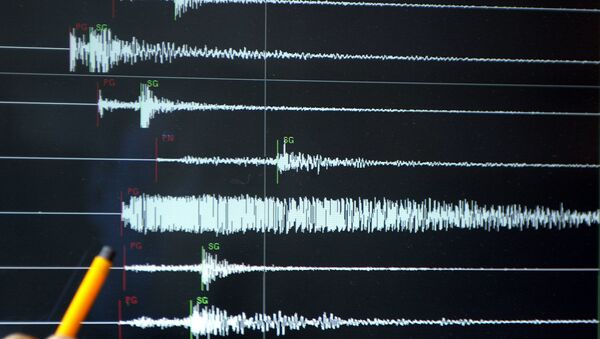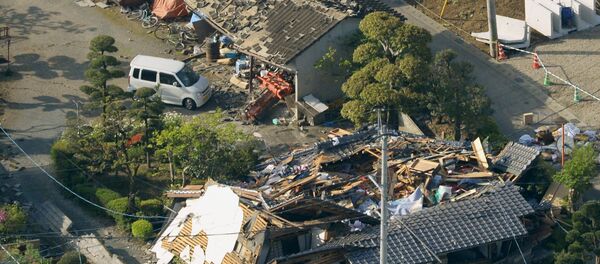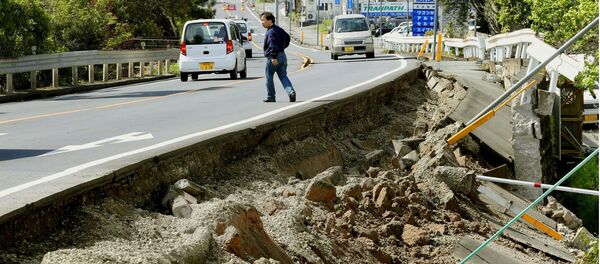A 7.9 magnitude earthquake struck some 185 miles of the fault in 1857, creating widespread damage, though the area at the time was thinly populated.
“The springs on the San Andreas system have been wound very, very tight. And the southern San Andreas fault, in particular, looks like it’s locked, loaded and ready to go,” Jordan said during his speech, the LA Times reports.
The problem, the Times explained, is that two tectonic plates, the North American plate and the Pacific Plate continue to move, and earthquakes are necessary and inevitable to relieve approximately 16 feet of movement every 100 years, but the San Andreas has not done so and has therefore been building up stress.
Though the fault does not directly pass through Los Angeles, Jordan warned that the city would be heavily impacted.
"You can see that this area of influence by the shaking has now expanded out to huge proportions," Jordan said. "You see that big directivity pulse out in front, as that energy is being shoved down that fault, that directivity pulse leads energy into seismic waves that excite the sedimentary basins, like the San Fernando Valley and the Los Angeles Basin," Jordan said.
"You'll notice large shaking in the Los Angeles region persisting for long periods of time," he warned.




